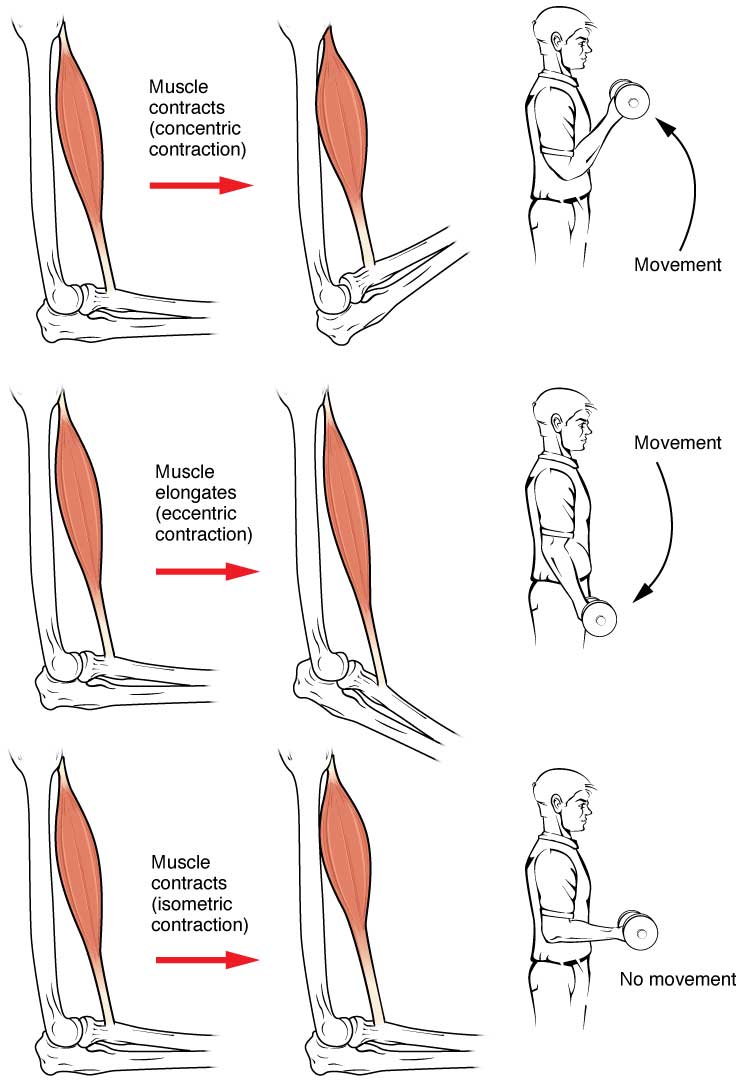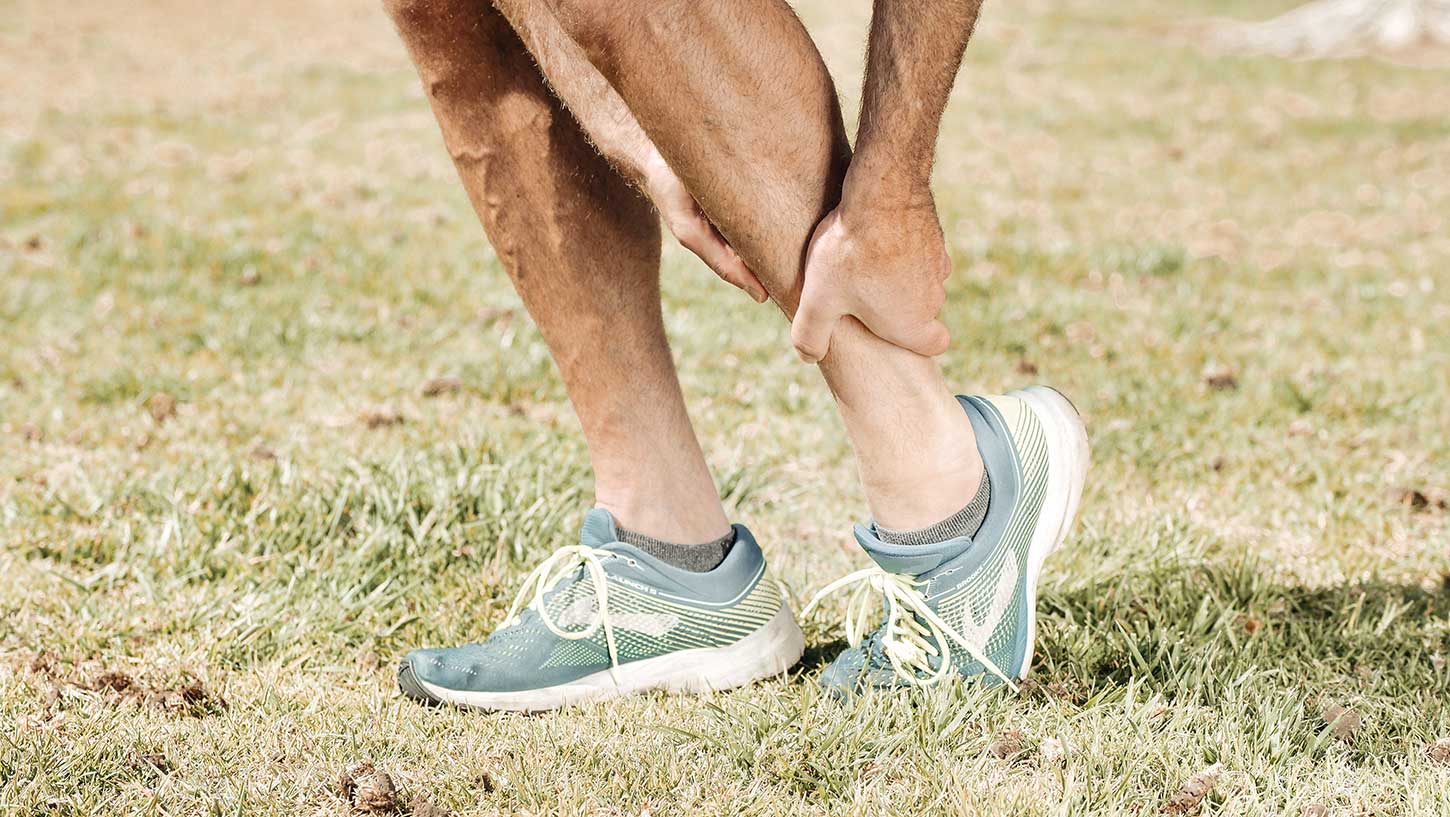06/01/2022
What is Normal Soreness following a Workout?
By Peter Lewnard, PT, Wentworth-Douglass Rehabilitation Services
If you’ve ever had this question, you might know what it feels like to be too sore. So sore that it’s hard to go down the stairs after “Leg Day”. Some people might even say a workout was only good if it leaves you sore. What we are talking about here is what scientists call Delayed Onset Muscle Soreness (DOMS), and it’s something anyone who exercises regularly has probably experienced at some point.
What is DOMS?
No one knows the exact source of DOMS, but experts believe it occurs because damage takes place in the muscle or nerve that was stressed during the workout. It seems to happen in three situations:
1. A person does a new, unfamiliar exercise.
2. A person goes back to an old workout after having not done it for a long time.
3. An exercise puts load on a muscle that is lengthening, which is otherwise known as an eccentric muscle contraction.

Regardless of what’s happening at the cellular level, there are some things to consider about what DOMS does to your body, and to your performance. People with DOMS often experience the following symptoms:
● Reduced strength
● Loss of range of motion
● Stiffness
● Swelling
● Altered movement patterns
Because DOMS is an uncomfortable experience, it can lead to reduced performance. Because of this, when you are competing, it is generally recommended that you reduce the intensity of your workouts.
So how much soreness is too much?
This is a difficult question to give just one answer to, because the answer depends on you: your training experience, your pain tolerance, your sport, and everything else you intend to do throughout the day after working out.
For example, if you can barely walk because your legs are so sore from the squats you did yesterday, and this keeps you from going to team practice that afternoon, that’s probably too sore because your soreness kept you from practicing. On the contrary, if you are sore from your workout, and you notice it throughout the day but it does not keep you from doing anything you need to, then you are probably not too sore.

Some people have questioned whether DOMS is a sign that a workout was effective, but evidence does not support this premise. DOMS is a sign that some level, damage has occurred, and some damage is necessary for muscles and nerves to adapt. But people have very different reactions to workouts, and some muscles are much more prone to feel sore than others. DOMS just isn’t consistent enough to be a good measure of workout quality.
Soreness is considered normal if it occurs between 24-72 hours after a workout, and if it does not prevent you from completing normal daily activities. If it lasts longer than this, or is so intense that it prevents you from functioning normally, it could be a sign of significant damage.
I’m Sore: What should I do?
Because DOMS happens on a regular basis during training, people have considered many ways to reduce its intensity. Non-Steroidal Anti-inflammatory drugs (NSAIDs) like Ibuprofen have been demonstrated to reduce DOMS. Massage has also been demonstrated to reduce DOMS if it is performed right after exercise. Cryotheray (cold therapy, or using a cold pack), stretching, and electrical current modalities have demonstrated no effect on DOMS. Exercise is considered the most effective way to reduce DOMS, but the effect is temporary. The most common method people use to reduce DOMS is to simply wait; the discomfort and lost performance will reduce as your body recovers.
Any good workout regimen should challenge body and allow adequate recovery. Too much challenge, your body can never adapt to the activity. Too little, the workout wasn’t hard enough to make you adapt. Too little rest and your body does not have time to recover. Too much rest, your body is not stressed enough to force it to change. Finding this balance is different for everyone because everyone’s body and situation are unique. Trainers, coaches, and therapists can help you determine the right balance.
Key Takeaways:
● Delayed Onset Muscle Soreness happens after big increases in exercise difficulty, and after workouts that emphasize eccentric muscle contractions.
● It is considered normal to experience DOMS for 24-72 hours after novel or eccentric-heavy exercise. You should still be able to complete normal daily activities while sore.
● DOMS does reduce performance, so more intense workouts should not occur near to competitions.
● Light exercise, Massage, and NSAIDs can reduce DOMS intensity, but it should resolve on its own regardless.
● You do NOT have to experience DOMS after a workout to make you stronger or faster.
● If DOMS is not resolving on its own, it could be a sign that too much damage is taking place. Remember that resting is just as essential as pushing yourself.
About Peter Lewnard:
Peter is a Physical Therapist, musician, and avid runner and rock climber. He loves to work with athletes of all kinds and hopes to help people keep doing what they love. Having had multiple broken arms, and ankle surgery, he knows how it feels to recover from a serious injury. Peter continues to practice as a Physical Therapist at Wentworth Douglass Hospital, helping people recover from chronic pain, injuries, and surgeries.
Tagged In: